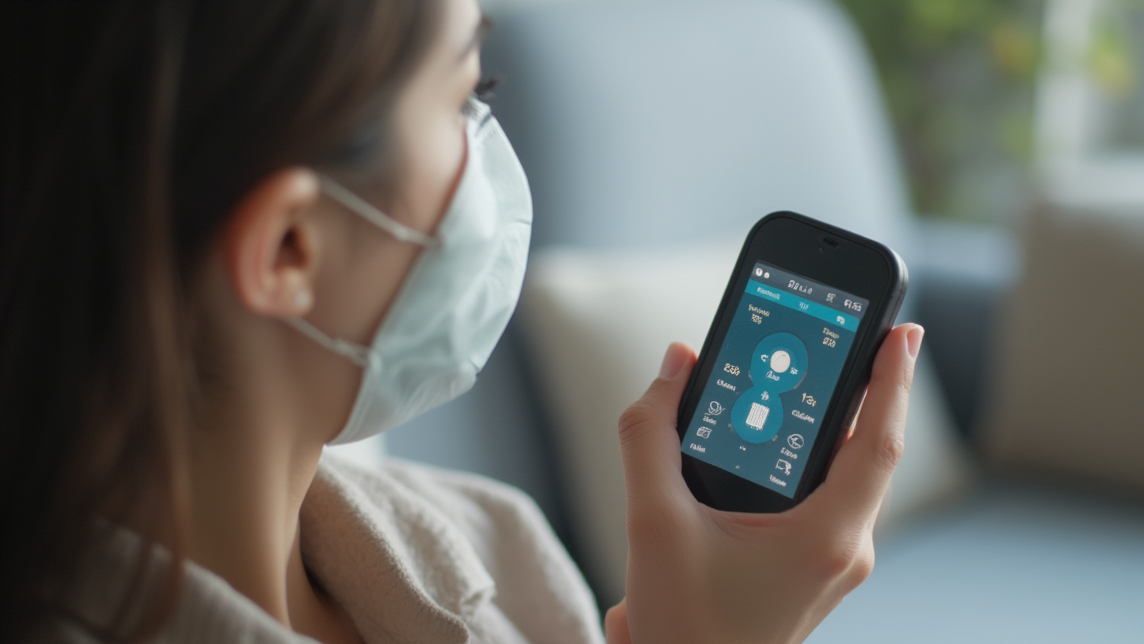With new flu variants and worsening air pollution, demand for personal air quality detectors is skyrocketing. We break down the trend and top picks for 2025.
In 2025, global health experts are sounding the alarm over two major respiratory risks: a newly identified flu variant (H5N2X) and record-breaking air pollution levels in cities like Delhi, Beijing, and Mexico City. The World Health Organization (WHO) warns that prolonged exposure to poor air can weaken immunity, making people more vulnerable to infections.
This dual threat has triggered a surge in sales of portable air quality monitors, with brands like Atmotube, Airthings, and Xiaomi reporting a 300% increase in demand since early 2025. Consumers aren’t just tracking PM2.5 anymore—they’re monitoring CO2, VOCs (volatile organic compounds), and even viral particle risks in real time.
How Personal Air Monitors Became a Must-Have Gadget
- Early Flu Season Alert
- The H5N2X strain spreads faster in dry, polluted air. Smart detectors now integrate flu risk forecasts based on humidity and particulate levels.
- “My monitor alerted me to avoid a crowded mall when CO2 levels spiked—a sign of poor ventilation,” says Priya K., a user from Mumbai.
- Hyper-Local Pollution Tracking
- Wildfires, industrial leaks, and traffic emissions create unpredictable “micro-zones” of bad air.
- Devices like Tempo’s Air use AI to predict pollution spikes on your commute.
- Workplace & School Safety
- After Singapore mandated air sensors in classrooms, tech startups launched wearable monitors for kids (e.g., Plumee Junior).
Critics argue that constant air monitoring fuels health anxiety. But Dr. Elena Torres, a pulmonologist at Johns Hopkins, disagrees:
“Data saves lives. If your monitor shows high ozone levels, skipping your jog that day could prevent an asthma attack.”
Meanwhile, climate activists are pushing for laws requiring real-time air quality displays in public spaces, similar to weather forecasts.
- Apple & Samsung are rumored to be developing air sensors in smartwatches by 2026.
- “Clean Air” travel apps now rate hotels and flights based on ventilation scores.
Final Tip: If you’re buying a monitor, look for WHO-calibrated sensors and Wi-Fi connectivity for crowd-sourced hazard maps.






